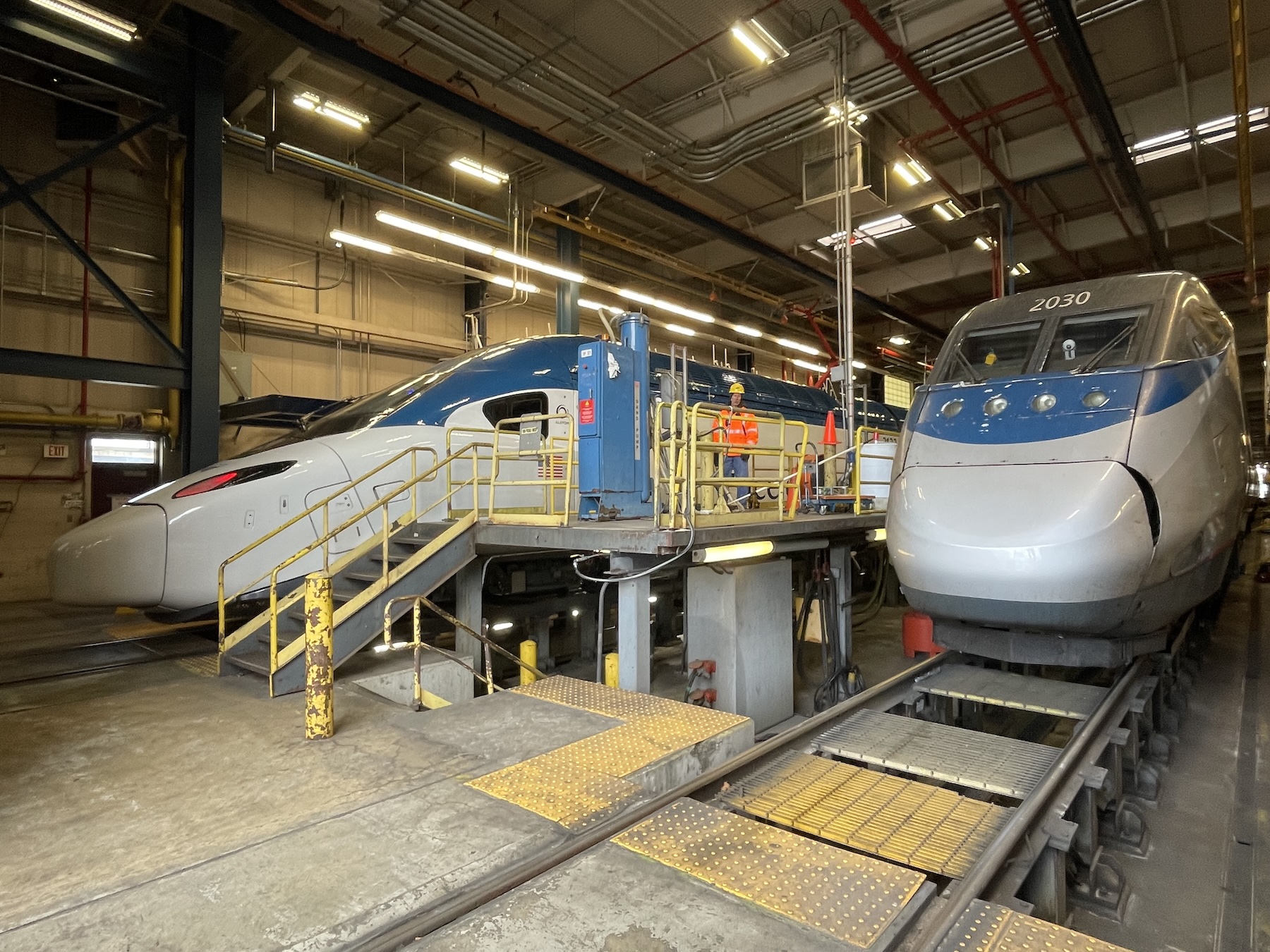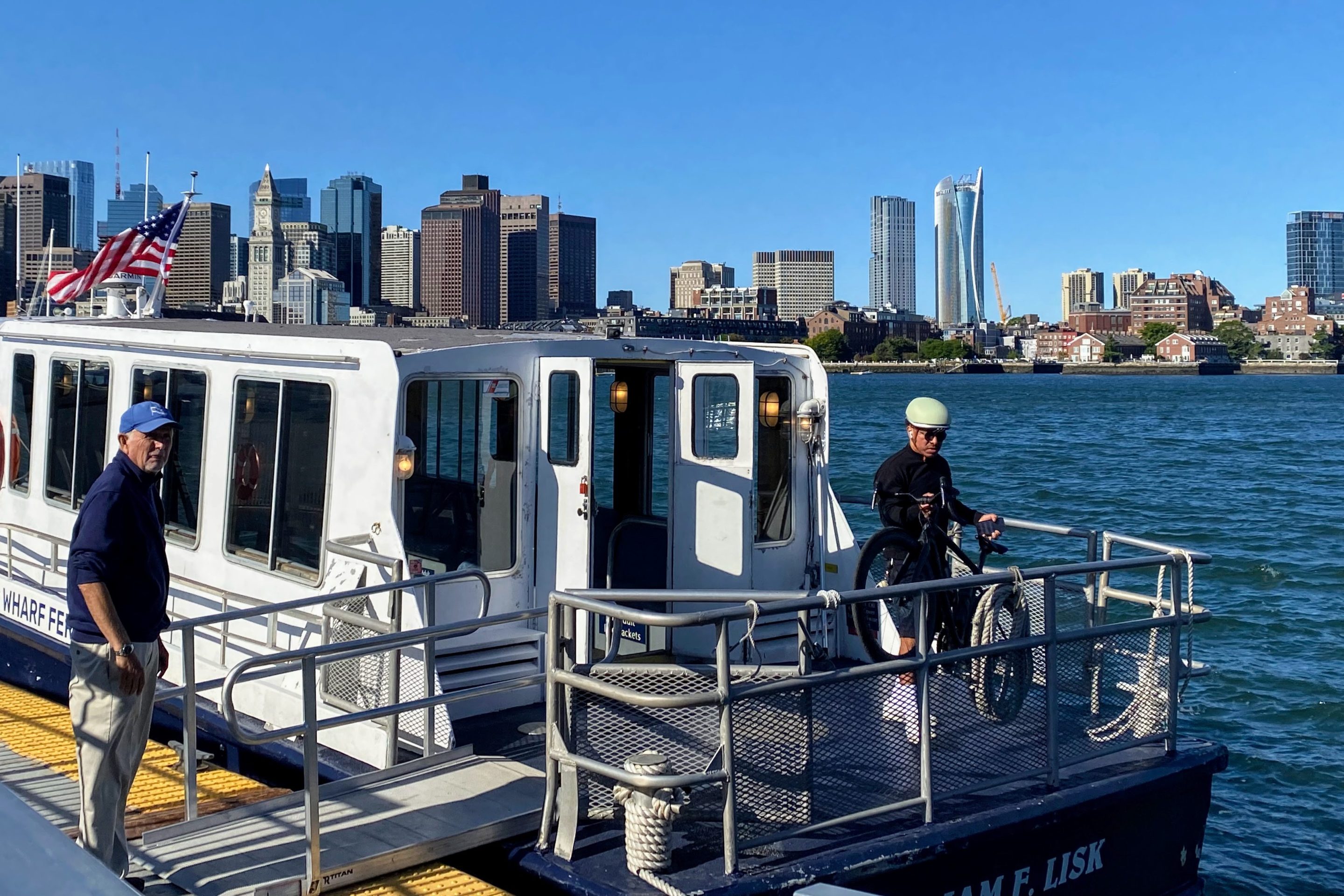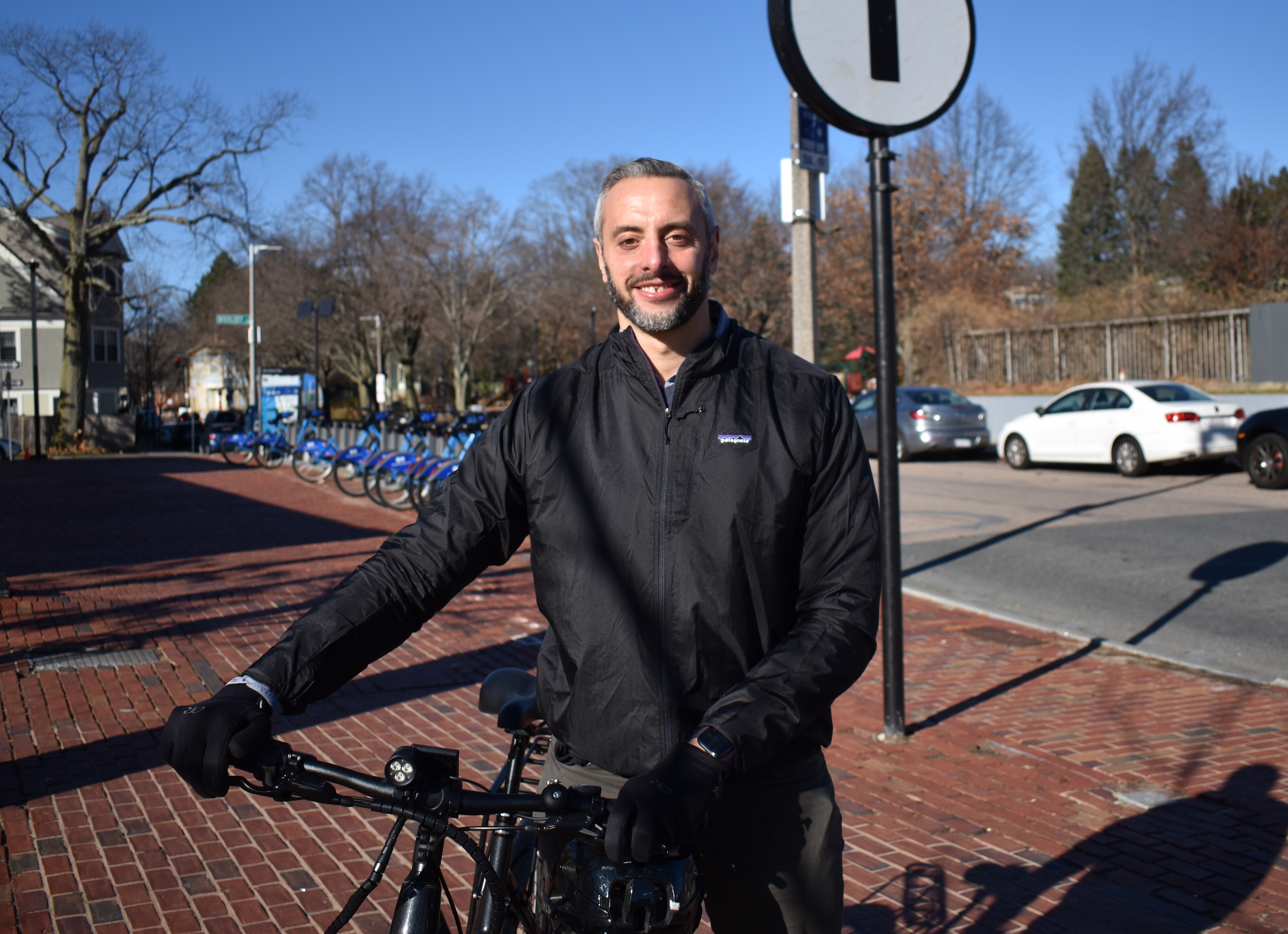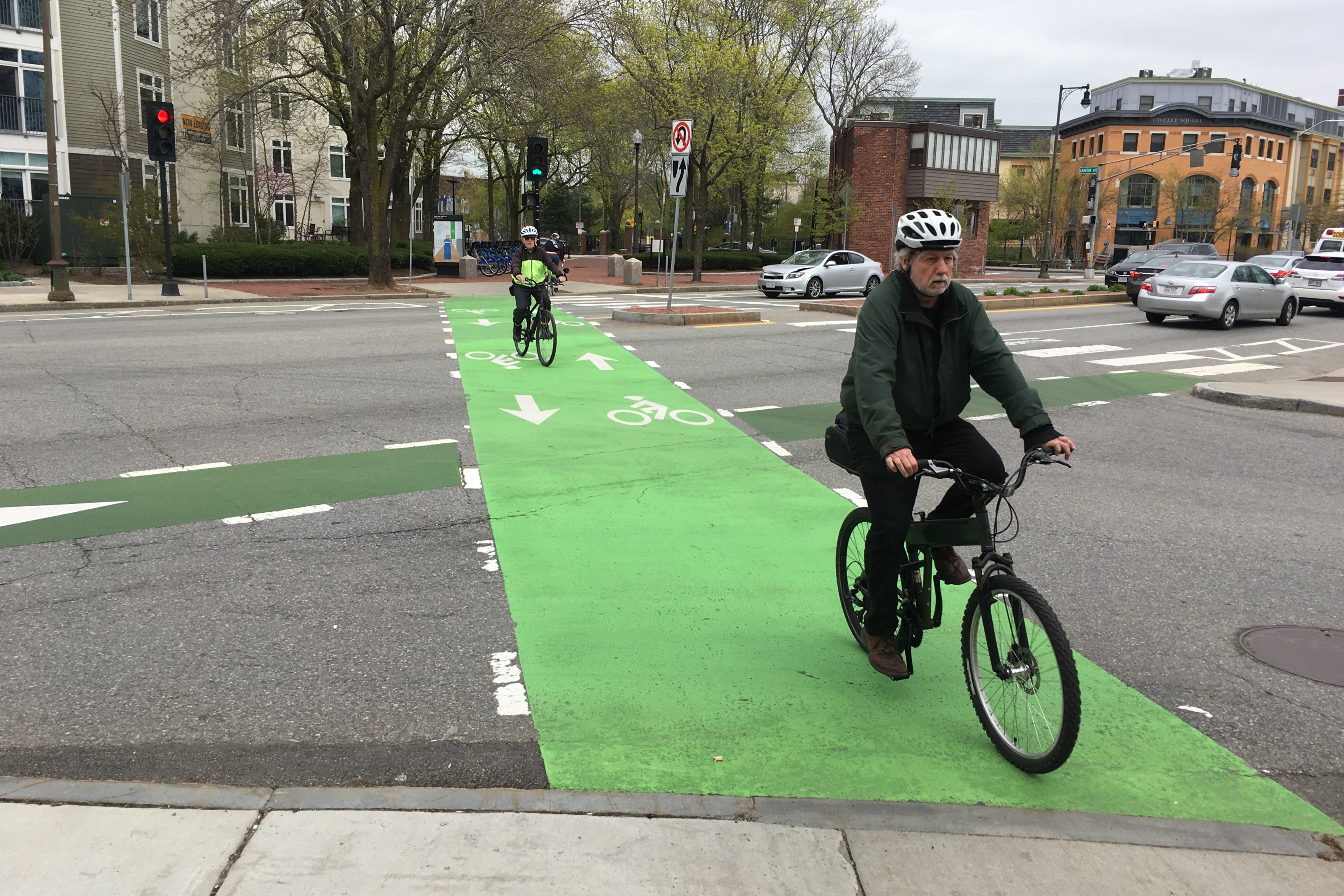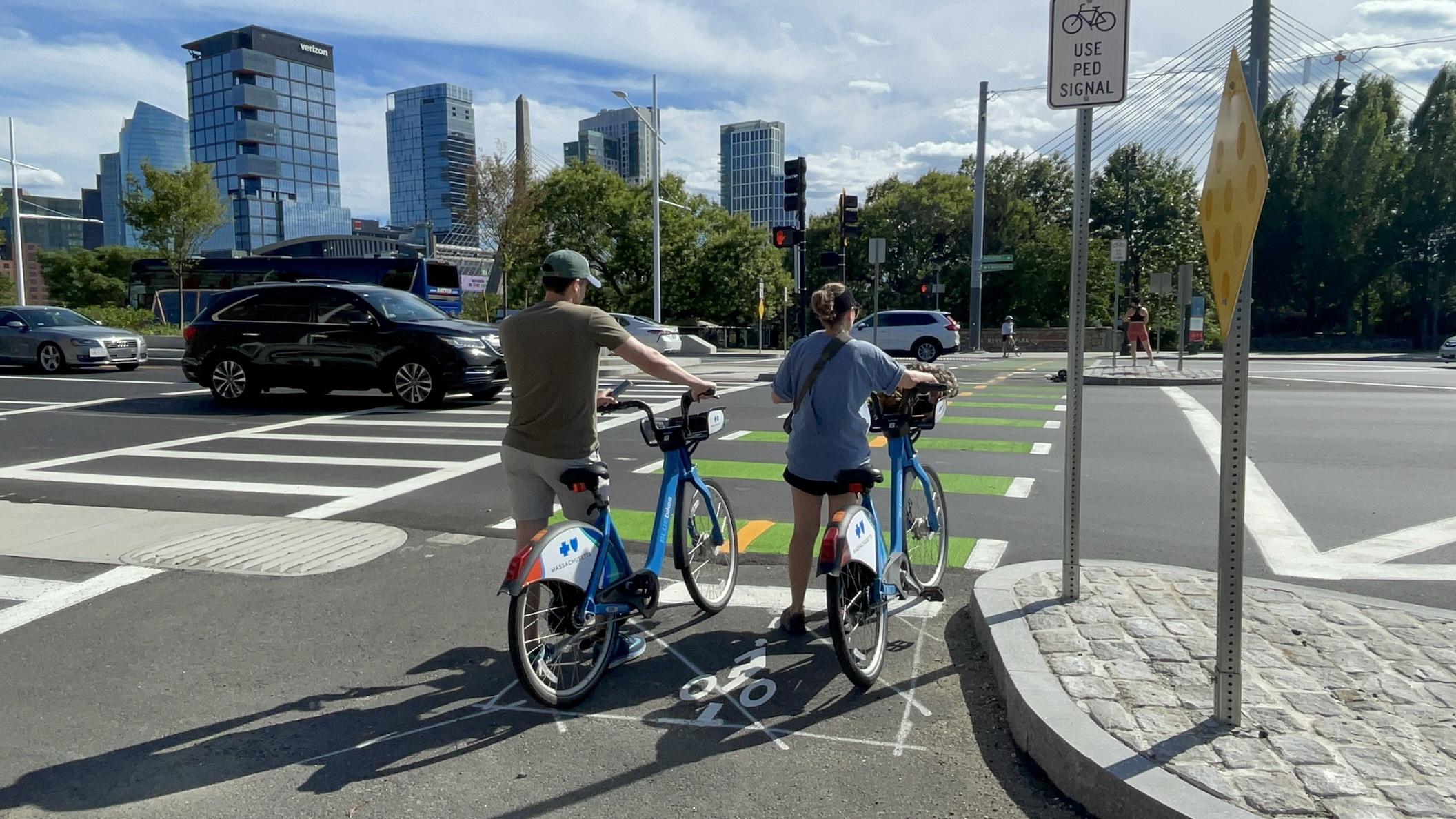Last Thursday, a cacophony of planners and transit activists piled into the Pao Arts Center in Chinatown, where they found a long carpet with the words “Bus Only” on it.
This was the scene set for Boston’s first-ever Pokey/Schleppie Awards.
TransitMatters' newest analysis identifies the ten slowest – the "pokiest" – and most bunched up – the "schleppiest" – bus routes in the MBTA system.
For those of you not familiar with bus bunching, it's when riders suffer long waiting times for a bus, only for two buses to arrive simultaneously. The first bus was already running late, and therefore kept falling closer and closer to the bus scheduled behind it.
As a result, the two buses' pickup times become redundant. The first bus picks up everyone, creating an overcrowded bus that drops people off at every stop. And the bus behind it becomes empty. This is the phenomenon known as "bunching," and it's the bane of bus reliability.
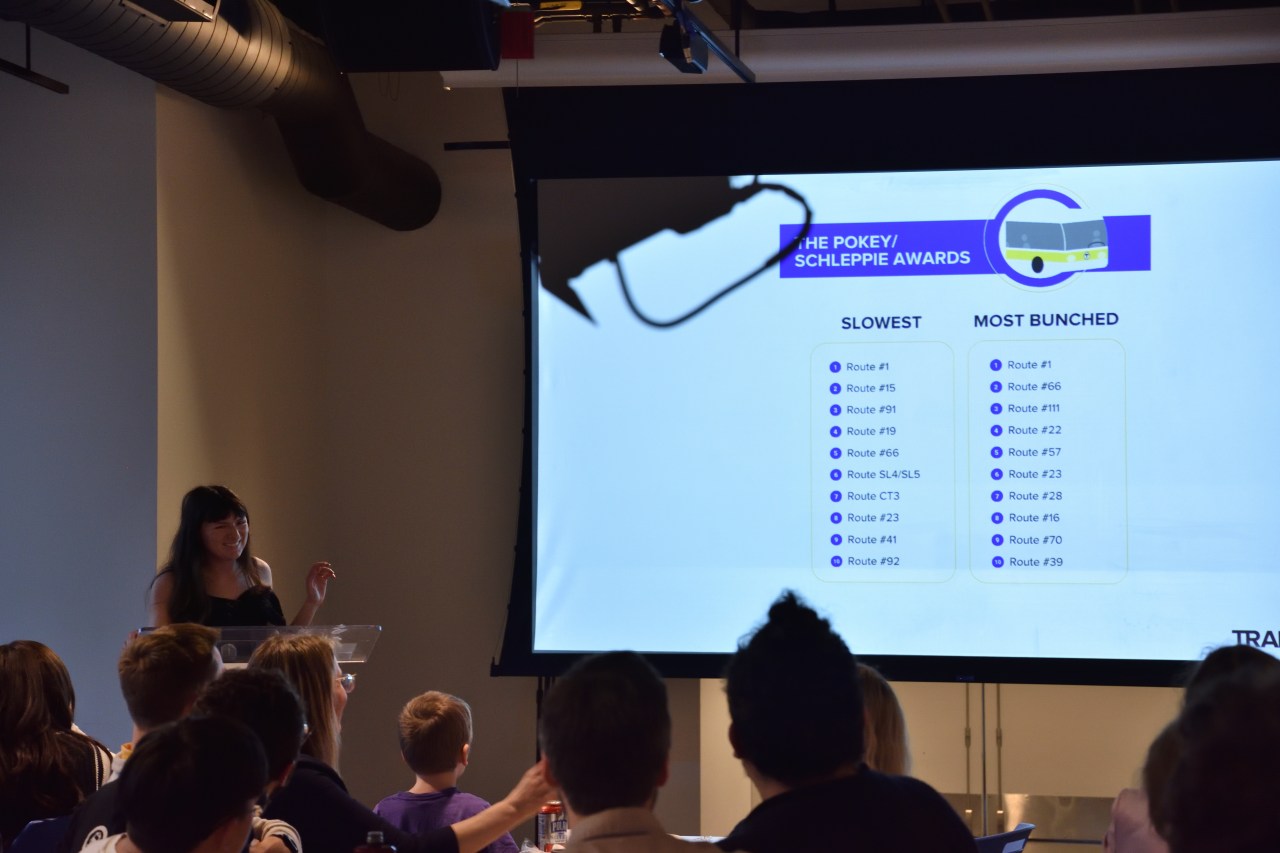
The tradition of Pokey/Schleppie started over a decade ago in New York City, when a transit activist group known as the Straphangers Campaign began handing out tongue-in-cheek awards to draw attention to the most slow and unreliable bus routes.
During Thursday’s inaugural Boston awards, TransitMatters Labs/NextGen Bus Volunteer Austin Paul explained that their team limited their study to bus routes with 500 or more passengers, since upgrades to popular routes are likely to impact riders the most.
“The people that power the Commonwealth use the bus, and are both slowed and burdened by traffic,” said Tarang Shah, an analyst at a consulting firm working to improve transportation safety. “Making buses faster gives them back their time, dignity, and health.”
According to TransitMatters’ analysis, the clear “winner” was the Route 1 bus, which won twice for being the Pokiest and the Schleppiest bus in the MBTA system.
All comedy aside, Route 1, running along Massachusetts Avenue between Nubian Square in Roxbury and Harvard in Cambridge, is a key route, connecting commuters with both work and school opportunities.
For its trophy, Route 1 received two butter dishes molded in its image. Since the Number 1 bus couldn’t exactly make it that night to receive the prizes, TransitMatters instead presented the prizes to Cambridge Bike Safety, honored for their work to include bus lanes alongside protected bike lanes on Mass. Ave. in Cambridge, and Alternatives for Community and Environment (ACE), for their work on behalf of bus riders in Roxbury.
"From my perspective, every time we redesign a road to improve its safety, say to add separated bike lanes, or to improve crosswalks, we can also find opportunities to prioritize transit to make it more reliable and efficient," said Chris Cassa, of Cambridge Bike Safety.
TransitMatters suggests that Route 1 be prioritized for improvements in the MBTA’s upcoming bus network redesign.
In their report, TransitMatters went into individualized detail on each of the twenty bus routes, with suggestions for potential solutions. They also addressed how slow bus routes impact communities of color, and communities reliant on transit.
TransitMatters urged the MBTA to focus on two areas of improvement: an increase in bus priority infrastructure, and an adoption of headway management.
Bus priority infrastructure like bus and bike-only lanes helps buses to travel faster because they do not get stuck in car traffic.
In addition, transit signal priority (TSP) technology can give buses the right of way at traffic lights. TSP uses sensors to recognize when buses or emergency vehicles are approaching, and gives them a green light.
Bus priority infrastructure can only go so far, however, without other critical changes. One such change TransitMatters repeatedly recommended was headway management.
At the moment, MBTA buses run on a schedule. In theory, scheduling arrivals should give riders consistency, but in reality, this is not the case. A lack of priority infrastructure, a bus driver shortage, congestion, and unpredictable road conditions all lead to bus bunching.
Headway management is a way to stop bus bunching. Instead of buses arriving on a schedule, dispatchers work directly with drivers to ensure that buses arrive within regular intervals of each other, by slowing down fast buses, speeding up slow buses, and having reserve buses join the route as needed.
Headway management is already practiced at the MBTA – just not for buses.
You can find a full list of the “awardees” and recommendations for improvement on TransitMatters’ Pokey/Schleppie Awards Report – read it here.


